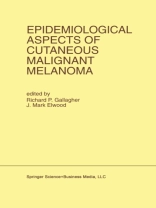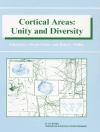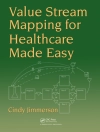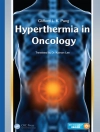Significant progress has been made in recent years in understanding the origins of cutaneous maligant melanoma. Knowledge of the relationship between solar radiation and melanoma has changed and it now appears that both the character and timing of exposure may be more important than total cumulative dose in accounting for risk. The melanoma-sunlight model may prove an instructive heuristic exercise for environmental epidemiology, as we currently tend to restrict ourselves to a search for uniform total dose–response relationships between cancers and suspected environmental carcinogens. The study of the relationship between acquired melanocytic nevi and melanoma has led to useful new information about predictors of melanoma risk, and in addition has opened new perspectives on the development of nevi in children. Definition of the factors for nevus development in children may lead to the possibility of primary prevention programs for melanoma in younger generations of children. Recent new evidence suggests that certain occupational groups may be at elevated risk of melanoma. A great deal of work is going into the study of ways of screening high risk populations in order to detect melanoma at its earliest stages when current treatment protocols are most effective. The visibility of lesions on the skin challenges classical definitions of early detection and screening in epidemiology.
J. Mark Elwood & Richard P. Gallagher
Epidemiological Aspects of Cutaneous Malignant Melanoma [PDF ebook]
Epidemiological Aspects of Cutaneous Malignant Melanoma [PDF ebook]
ซื้อ eBook เล่มนี้และรับฟรีอีก 1 เล่ม!
ภาษา อังกฤษ ● รูป PDF ● ISBN 9781461526261 ● บรรณาธิการ J. Mark Elwood & Richard P. Gallagher ● สำนักพิมพ์ Springer US ● การตีพิมพ์ 2012 ● ที่สามารถดาวน์โหลดได้ 3 ครั้ง ● เงินตรา EUR ● ID 4601769 ● ป้องกันการคัดลอก Adobe DRM
ต้องใช้เครื่องอ่านหนังสืออิเล็กทรอนิกส์ที่มีความสามารถ DRM












